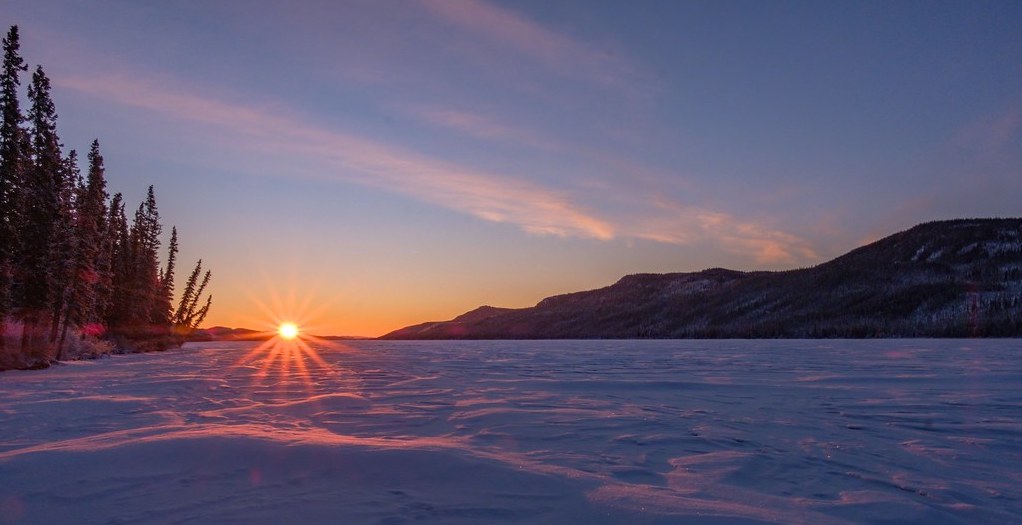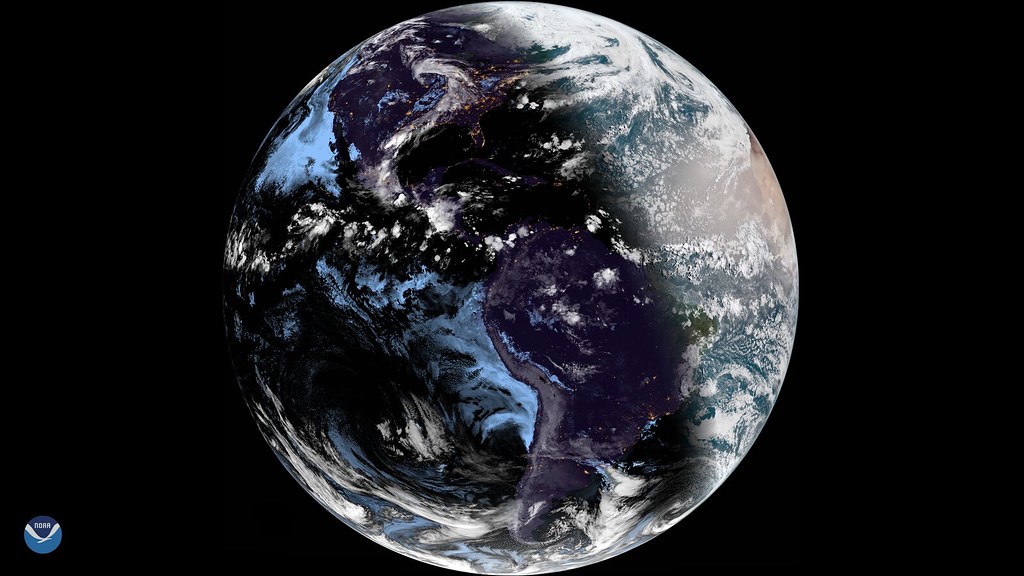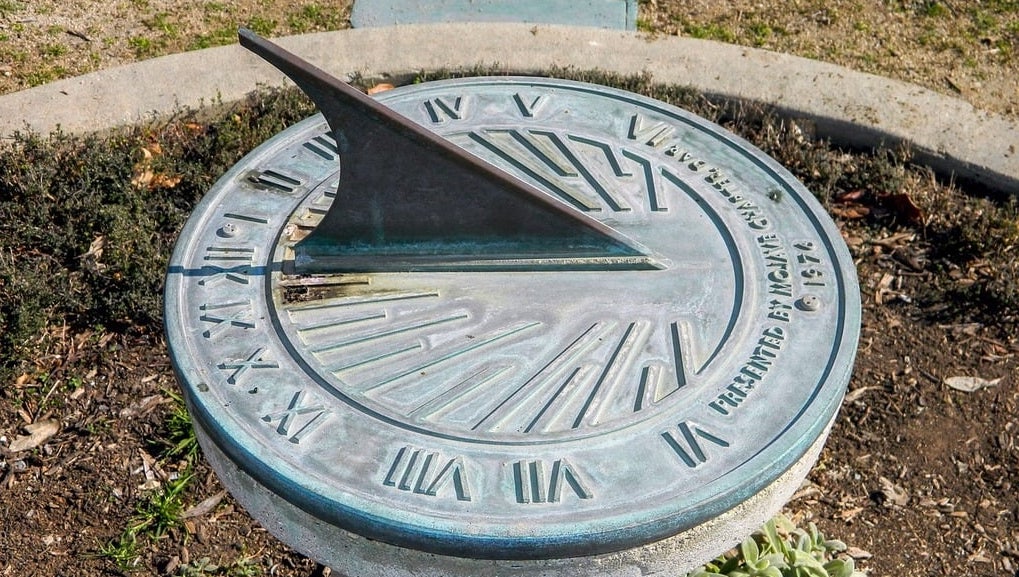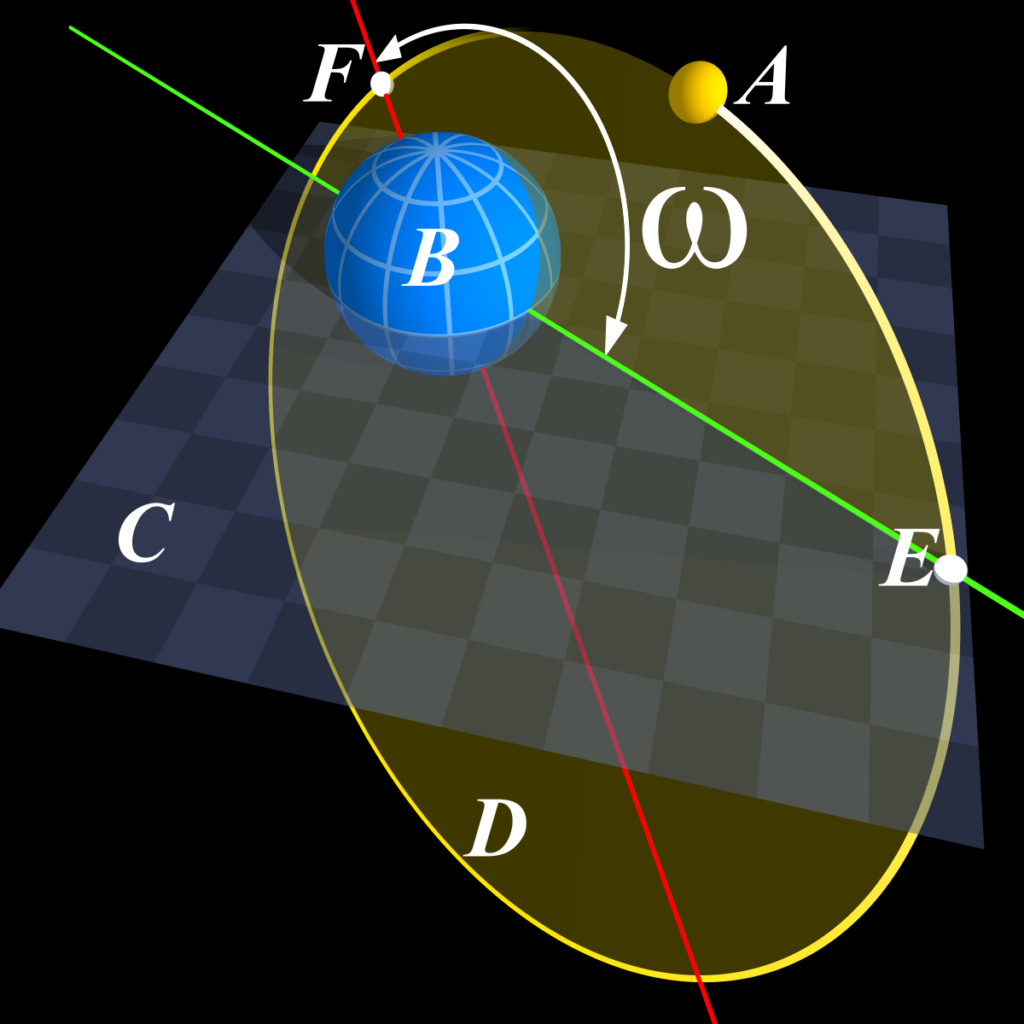Well, this peculiar time-warp dance reaches its climax in the December Solstice – also known as the Winter Solstice – the most magical slice of time in winter!
What exactly is the Winter Solstice, you ask? It is a natural phenomenon that occurs when the sun reaches its southernmost point in the heavens. This year the Winter Solstice takes place on Tuesday, December 21, 2021, at 15:59 UTC (or 9:59 a.m. CST).
What Happens During a Solstice?

Broadly speaking, there are two extreme points of the Earth’s distance from the Sun it orbits. One in which we shift closest to the solar giant, a point known as the Summer Solstice; and another in which we tilt farthest from it, called the Winter Solstice.
The very first human tribes watched the Sun’s journey across the sky. Through this they learnt that the duration of daylight and the exact spots for the sunrise and the sunset all changed in a pattern, and repeated every harvest year. Such knowledge can be seen in ancient man-made wonders such as Stonehenge (rumoured to be a place of Druid worship) and the ruins of Machu Picchu in Peru. Both these monuments and others like them had one practical purpose for being built – to track the sun’s progress each year.
Science has come a long way since then, and our understanding of solstices along with it. Rocket ships and other Space Age hovercraft – like the International Space Station, to name the biggest one yet – have allowed humans to observe both solstices from the view of outer space.
How Much Does the Earth Tilt on Its Axis?

Now we know that a solstice is an astronomical event like any other, and not just a random portent of the death of kings, as solar eclipses used to be. Indeed, scientists have figured out that the solstice is a natural result of the tilt of the Earth’s axis and by how it orbits around the sun.
Here’s the thing. Have you noticed how modern-day globes in the classroom are not set in an upright position? That’s because the actual planet that it’s based on, Earth, tilts on its axis by 23 ½ degrees. Across the year, this tilt “alternates” how much of the sun’s warmth and light is given to the Northern and Southern Hemispheres, respectively. What brings us winter and summer is not our distance from the sun – it’s the Earth’s tilt, or how the planet leans away from the solar giant.
Hence, we are actually nearest to the sun – and not farthest from it – at the end of each year. Those of us in our toasty coats simply don’t perceive it that way because in winter, the entire upper half of the Earth leans farthest away from the sun.
The Winter Solstice: Shortest Day, Longest Night
During the Winter Solstice, the Earth fixes its placer in such a way that the sun stays below the North Pole’s horizon. At noon, a few degrees south of the equator – 23 ½ degrees to be exact – the sun shines directly on those who live in the invisible line called the Tropic of Capricorn. This is the farthest down the planet as the sun will ever shine upon.
So, what happens? All places below the equator have days that last for more than 12 hours. Those who live above the equator, on the other hand, have their days capped at less than 12 hours. For those in the snowy regions, the shortest day occurs at the Winter Solstice. After the solstice, though? You can expect the opposite phenomenon: longer days and shorter nights.
It’s kind of hard to ignore the sudden shift of the seasons – like flicking nature’s switch for winter proper.
Natural Signs that Signal the Winter Solstice
There are plenty of signs in nature that herald the arrival of the Winter Solstice, if you have the eyes to see. For instance, if you live in the Northern Hemisphere, you’ll notice that dawn has come later than usual – and sunset at an earlier time. The sun will also seem to not “soar” across the sky quite as high as it used to, during the day.
Here’s a nifty trick to try for when you decide to catch some sun outdoors. At noontime, take a peek at your shadow. It should be the longest daytime shadow of the year – only possible during the Winter Solstice!

For those who live in the Southern Hemisphere, the December Solstice looks the opposite. Sunrise comes early, sunset comes late, rounding up your longest day of the year. To you folks below the equator, your noontime shadow is at its shortest for the year.
Sun Time vs. Clock Time

So! To clear things up once and for all – the Winter Solstice signals the shortest day of the year for those living above the equator and the longest day for those below it. But if you live in the Northern half of the world, the earliest sunset actually occurs ahead of the winter solstice. Same goes for those in the Southern Hemisphere.
Here’s why:
The real journey of the sun across the sky does not match with the hours on the clock. Instead, you should refer to what experts call true solar noon, or the specific time of day in which the sun blazes right above your noggin. Noontime is not always at 12 o’clock, you know!
At the starting weeks of December, true solar noon arrives almost 10 minutes earlier by the clock than on the Winter Solstice. But on the solstice on December 21, true noon comes much later – along with when the sun rises and sets for the day.
This kooky difference in sun time vs. clock time is what makes the earliest sunset above the equator (and the earliest sunrise for those below it) to come prior to the Winter Solstice.
Weird, right? You can blame the tilt of the Earth’s axis for that one.
Along the Oblong Orbit

Another element to the difference in sun time vs. clock time is the Earth’s elliptical orbit around the Sun – an orbit in the shape of an oblong. Bear in mind that our blue planet’s orbit is not a proper circle. So, the closer the Earth revolves around the sun, the faster it goes in its orbit. The planet is a race car, revving up the revolution process.
At the start of January, the Earth arrives at its nearest position with the sun. This invisible point in space is called the perihelion. But before that happens, the planet floats fastest in orbit around the Winter Solstice. Faster than the normal speed of around 30 km per second (or 19 miles per second).
In contrast, there’s not much difference in clock time vs. sun time during the Summer Solstice in June. Mainly because we’re much farther from the sun and not “speeding up” on the invisible ellipse in space.
2021 Winter Solstice
This year the Winter Solstice occurs on Tuesday, December 21, 2021 at 15:59 UTC. The event signals the first day of winter in the Northern Hemisphere (shortest day) and the longest day in the Southern Hemisphere.

Basically, the weird science behind the Winter Solstice follows a simple pattern: earliest sunset at the start of December; shortest day on the Winter Solstice around December 22; and the latest sunrise comes in January. The exact date of when the sun sets earliest will always rely on how far up you live above the equator.
And so it goes until the following year and the next…





